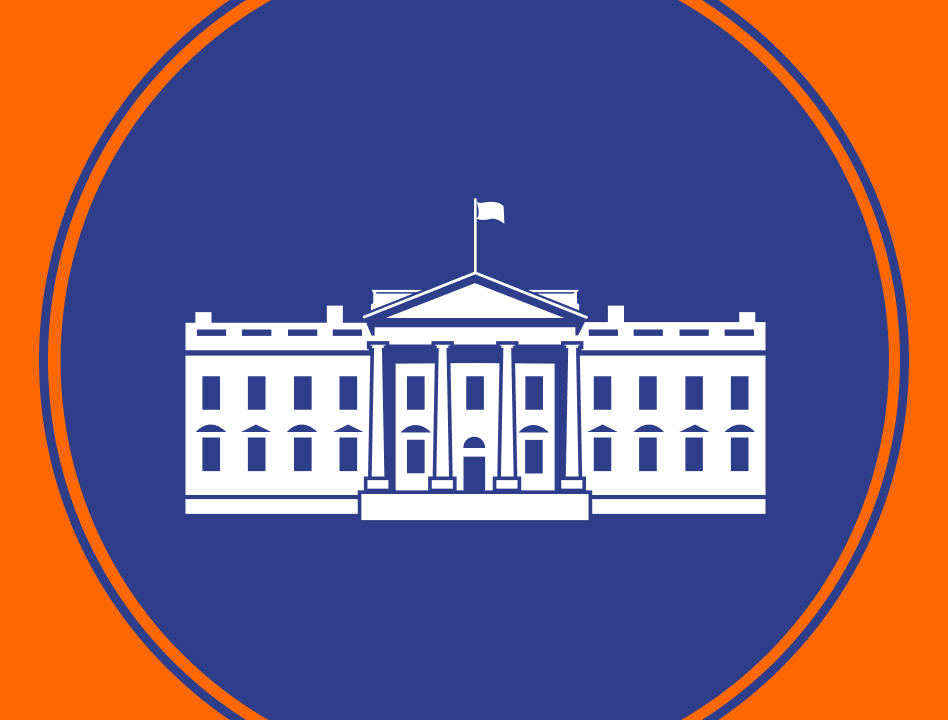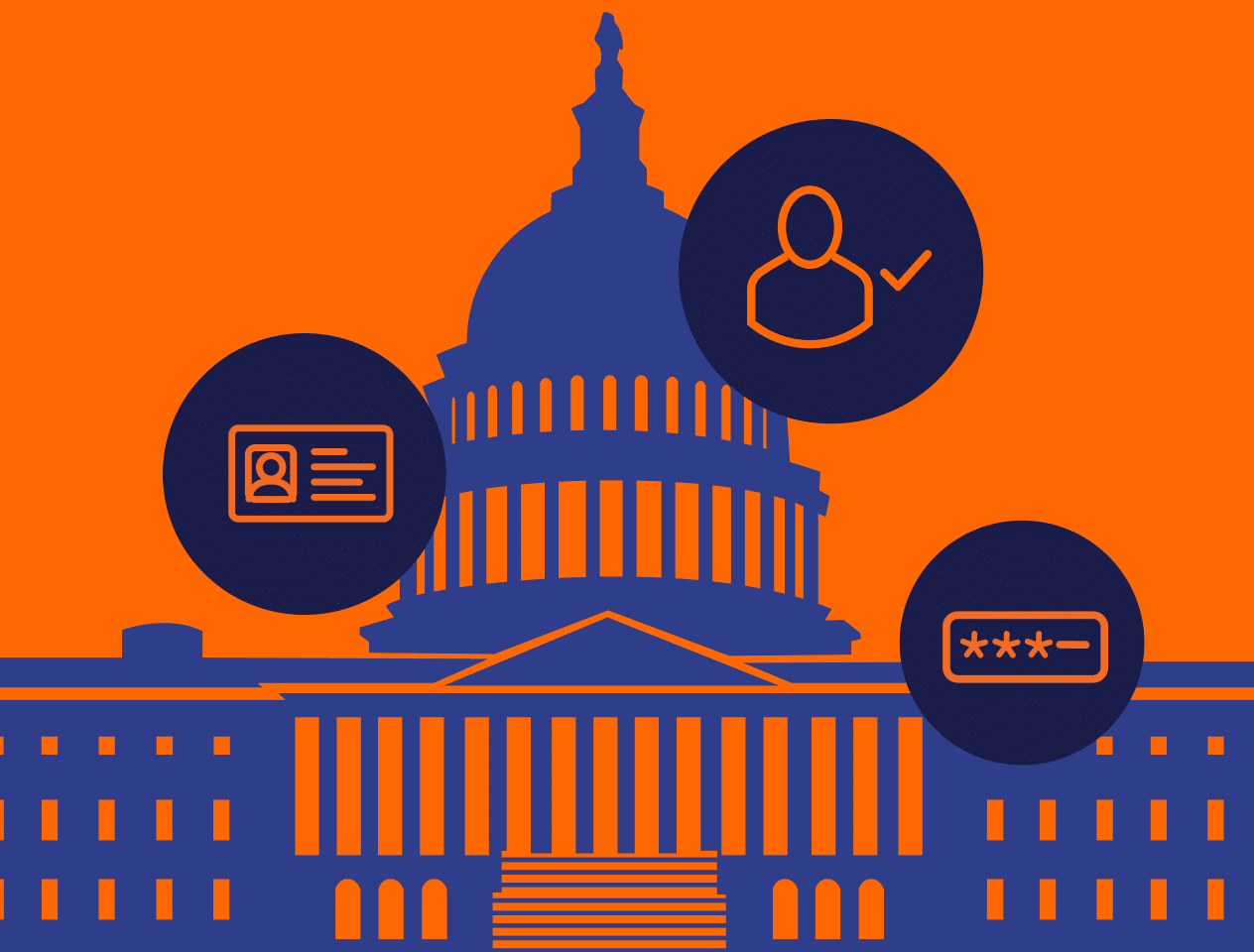-
SolutionsSocure's versatile identity verification solutions tackle a wide spectrum of challenges, from onboarding and beyond.
-
ProductsFraud & RiskComplianceID + BiometricAccount IntelligenceExplore the future of identity verification and trust with our comprehensive suite of AI-powered products.Fraud & RiskComplianceID + BiometricAccount IntelligenceSigma Identity Fraudfor the most accurate third-party fraud detection leveraging a 360° view of digital identityPhone RiskScoreto instantly predict risk and verify phone ownershipSigma Synthetic Fraudfor uncovering complex manipulated and fabricated synthetic identity fraudAddress RiskScoreto instantly predict the risk connected with physical addressesSigma First-Party Fraudfor minimizing early payment default, bad faith dispute abuse, and chargeback lossesDigital Intelligencefor passively verifying user devices behavioral biometrics to to detect fraud and improve UXEmail RiskScoreto instantly predict risk and verify email ownershipGraph Intelligenceto quickly transform complex identity connections into actionable insightsPortfolio Scrubreveal compliance and fraud risks in your existing customer accountseCBSVfor instantly verifying a consumer-provided name-DOB-SSN match with the SSASocure Verify Plusfor precise, accurate, and inclusive identity verificationGlobal Watchlist Screening with Monitoringfor sanctions screening, PEP, and adverse media risk managementDeceased Checkfor validating deceased identities at any point in the user lifecyclePredictive DocVfor quick and accurate ID document and biometric verification with liveness detectionSocure Acccount IntelligenceVerify bank account ownership and status with inclusive, instant resultsGet customized strategies from our experts to drive your success. Start now.Get a Demo
-
Public SectorExplore public sectorSocure empowers governments to combat identity fraud while ensuring equitable access to public services. Our AI-driven platform delivers unparalleled accuracy in identity verification, helping agencies stop fraudsters without compromising access for underserved populations.
-
ResourcesExplore resourcesDive into Socure's resource center to access expert insights on identity verification and fraud prevention through eBooks, reports, articles, infographics, and our blog. Stay ahead with innovative strategies from industry leaders.
-
CompanyLearn more about usLearn more about the award-winning people and technologies that power Socure.

Gartner Names Digital Identity a Top 10 Government Technology Trend
It’s becoming increasingly clear to everyone that digital identity is critical infrastructure. In April 2023, Gartner identified digital identity ecosystems as one of the top 10 government technology trends that can accelerate digital transformation and digital government. We couldn’t agree more.
“Governments are facing new responsibilities in emerging digital identity ecosystems, with expectations to ensure trust, innovation, and adoption across sectors and borders. To achieve this, governments must make high-assurance digital identity easy to obtain and relevant for diverse target groups of end users and service providers.”
Gartner’s research confirms what we’re hearing on the ground and what we’ve been seeing domestically and internationally. The Biden administration has signaled more investments in digital identity in its National Cybersecurity Strategy and recent anti-fraud measures. The administration wrote:
“Today, the lack of secure, privacy-preserving, consent-based digital identity solutions allows fraud to flourish, perpetuates exclusion and inequity, and adds inefficiency to our financial services and daily life…Operating independently, neither the private nor public sectors have been able to solve this problem.”
Better digital identity is one of the most important ways to improve the “customer experience” for the public. Across other peer nations, we’ve already seen countries like Australia and Canada make plans to build a digital ID program at a national level. Government leaders are realizing ambitious plans for government modernization can’t take place without fixing digital identity first.
The United States has already suffered greatly from its lack of a mature digital identity ecosystem. We believe that digital identity needs to be done right. During the pandemic, legacy systems failed to stop rampant fraud and failed underserved populations by forcing them into time-consuming manual reviews or locking them out of the process altogether.
“The current patchwork state of digital identity is not meeting the needs of the public. We’ve seen families have their food benefits intercepted and stolen by fraudsters before they can access them. Others have simply given up because credit bureaus couldn’t verify their identity. We’ve had nation-state actors and cybercriminals from Nigeria, Russia, and China successfully launch large-scale fraud attacks and steal billions of dollars. If government services are going to live online, which they must do to keep up in the 21st century, the government must solve digital identity.”
To achieve success, we need to define success. We encourage vendors and government agencies to adopt a transparent reporting system that shows the success rates and impact of any digital identity verification solution. Without proper reporting, it will be impossible for the government to improve, especially as fraud attacks become more sophisticated. This is key to restoring public trust and giving a voice to those often left behind.
Socure’s industry-leading identity verification and fraud risk management solutions can turn the public sector’s digital identity dreams into reality. Over the last year and a half, we’ve worked with government agencies in four of the five largest states. Socure evaluates risk using hundreds of data sources combined with machine learning and artificial intelligence techniques sourced from our network consortium and feedback data. Socure can auto-approve up to 98% of people trying to verify their identity while providing significantly higher fraud capture rates.
Socure
Socure is the leading platform for digital identity verification and trust. Its predictive analytics platform applies artificial intelligence and machine learning techniques with trusted online/offline data intelligence from email, phone, address, IP, device, velocity, and the broader internet to verify identities in real time.





